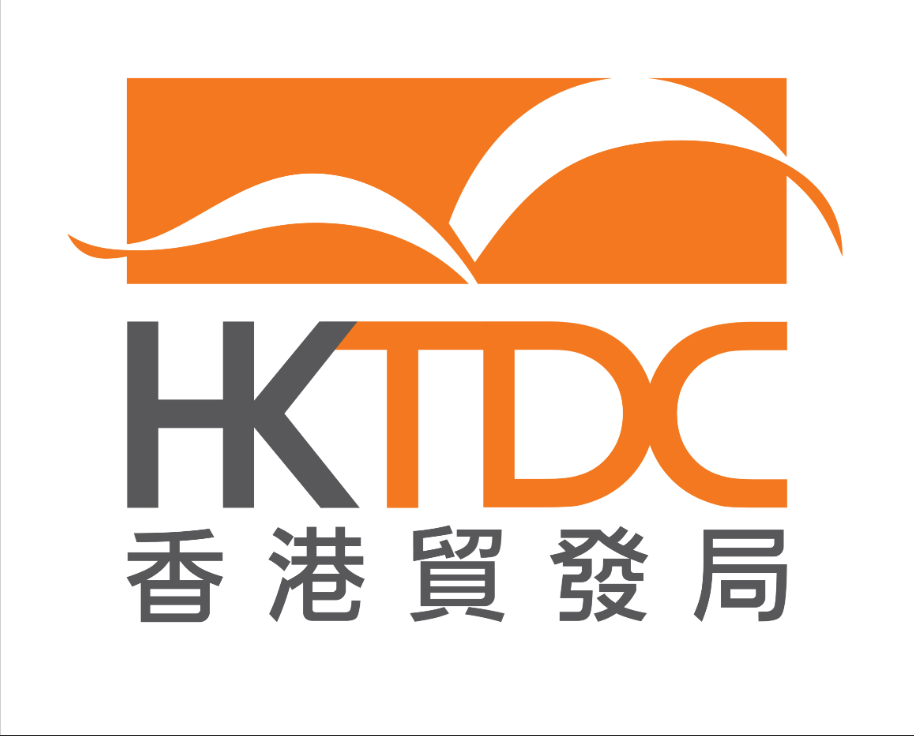China on growth path despite difficulties
Nakao, chairman of Mizuho Research & Technologies Ltd, said China has ample room to expand the services sector and stimulate consumption, and the redistribution of income through progressive taxation and education will help fully unleash potential.

"China needs to secure incomes of poor people by distributing incomes via tax policies, pensions as well as healthcare and education," he said in an interview with China Daily.
He added that China has many people with a strong entrepreneurial spirit and business mindsets. The country's large population provides rich resources of data, and it also enjoys a friendly environment to collect and use data for public purposes.
Nakao highlighted China's intensified efforts to allocate more resources to technology as well as research and development, saying the country has abundant universities, think tanks, research centers and highly educated individuals, providing a strong driving force to boost innovation-driven and high-quality development.
After years of development, China has already become a dynamic country based on innovations.
The National Bureau of Statistics said the country's total R&D expenditure hit about 2.8 trillion yuan ($391 billion), 2.7 times that of 2012, posting an average growth rate of 11.7 percent over the past decade.
Nakao said China still has clear advantages in fostering innovation-driven growth over the long run in terms of affluent researchers, universities and funding resources, saying more efforts should be made to promote the private sector's incentives.
Meanwhile, he warned of challenges ahead, including COVID-19 outbreaks, trouble in the property market as well as the aging population and low fertility rates that lead to fewer workers and more retirees, thus threatening long-term economic growth. He also emphasized the importance of maintaining favorable relations with other countries as they have been the basis of active trade and large inflows of foreign direct investment and technologies, hence, rapid economic development after 1978 when the reform and opening-up policy was adopted.
Citing lessons from Japan's real estate crisis and its dilemma to cope with an aging population, he said China needs to make efforts to improve the housing market and deal with the graying population.
While it is difficult to reverse the trend of a declining population, he said it is advisable for the government to support the elderly to continue to work, encourage women's participation in the labor market and adopt robotics and other modern technologies to boost worker productivity.
Despite challenges and downward pressure, Nakao highlighted the strong resilience of China's economy with its large population and efficient economic policies, and spoke highly of the government's ongoing efforts to deepen reforms, expand opening-up, optimize a better business environment and start focusing on inclusive growth through reforms of the tax system and the hukou registration system.
Notably, China's key economic indicators improved in August in a new sign of recovery amid downward pressure. Growth in China's value-added industrial output and retail sales accelerated to 4.2 percent and 5.4 percent, respectively, in August from a year earlier, said the NBS.
Justin Yifu Lin, dean of the Institute of New Structural Economics at Peking University, said China has adopted a series of policies, such as infrastructure investment to boost the economy, which will lift Chinese people's confidence and spur consumption and investment.
Lin said at the 24th Academic Seminar of the International Finance Forum held recently that China's growth would benefit the rest of the world.
"The development in China … is also beneficial for people in other countries because fundamentally China adopts an opening-up policy and China embraces globalization," he added.





















































First, please LoginComment After ~